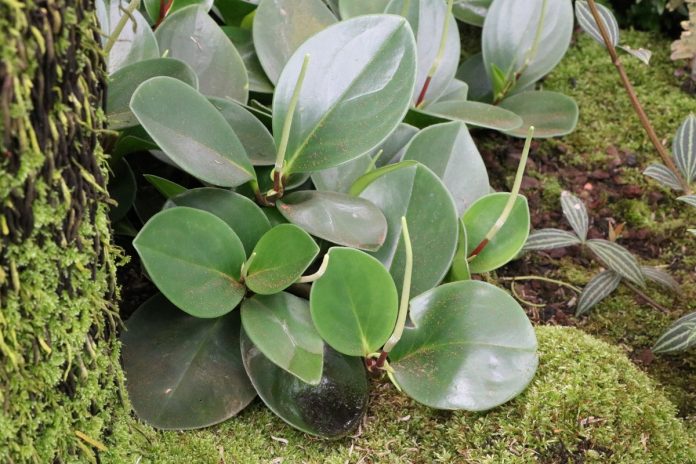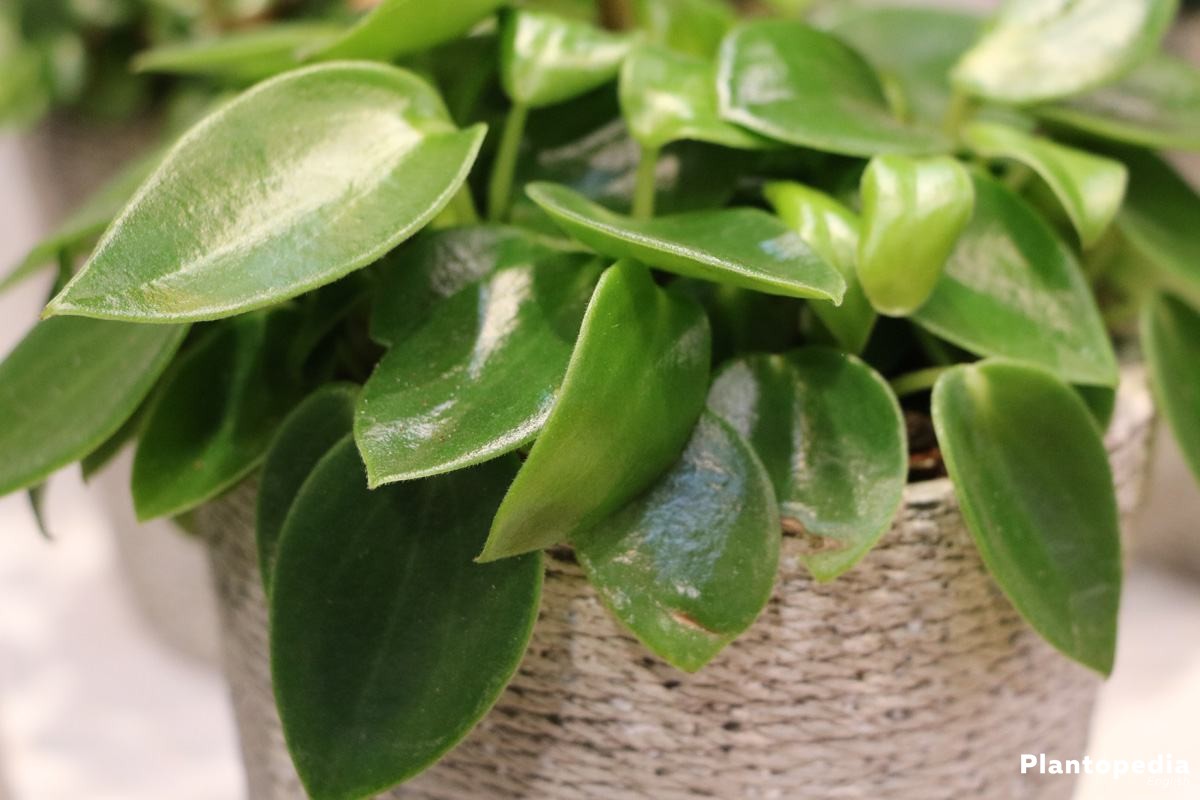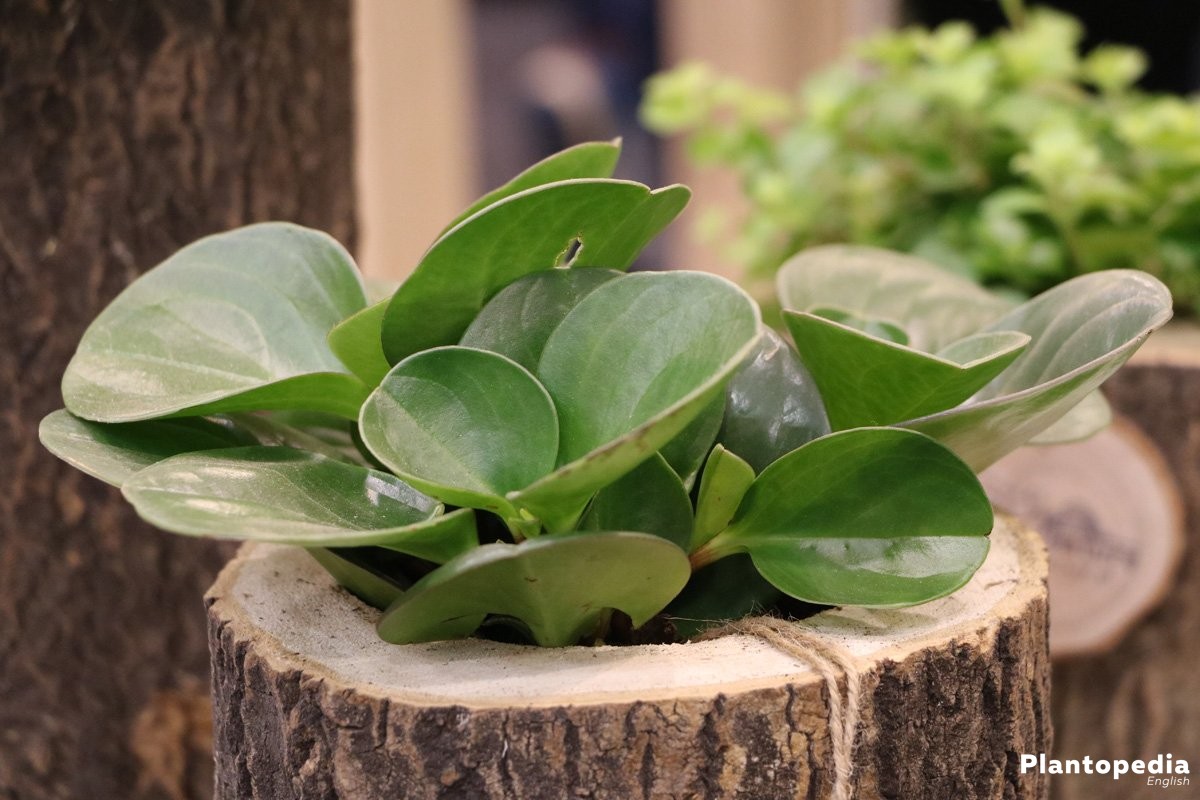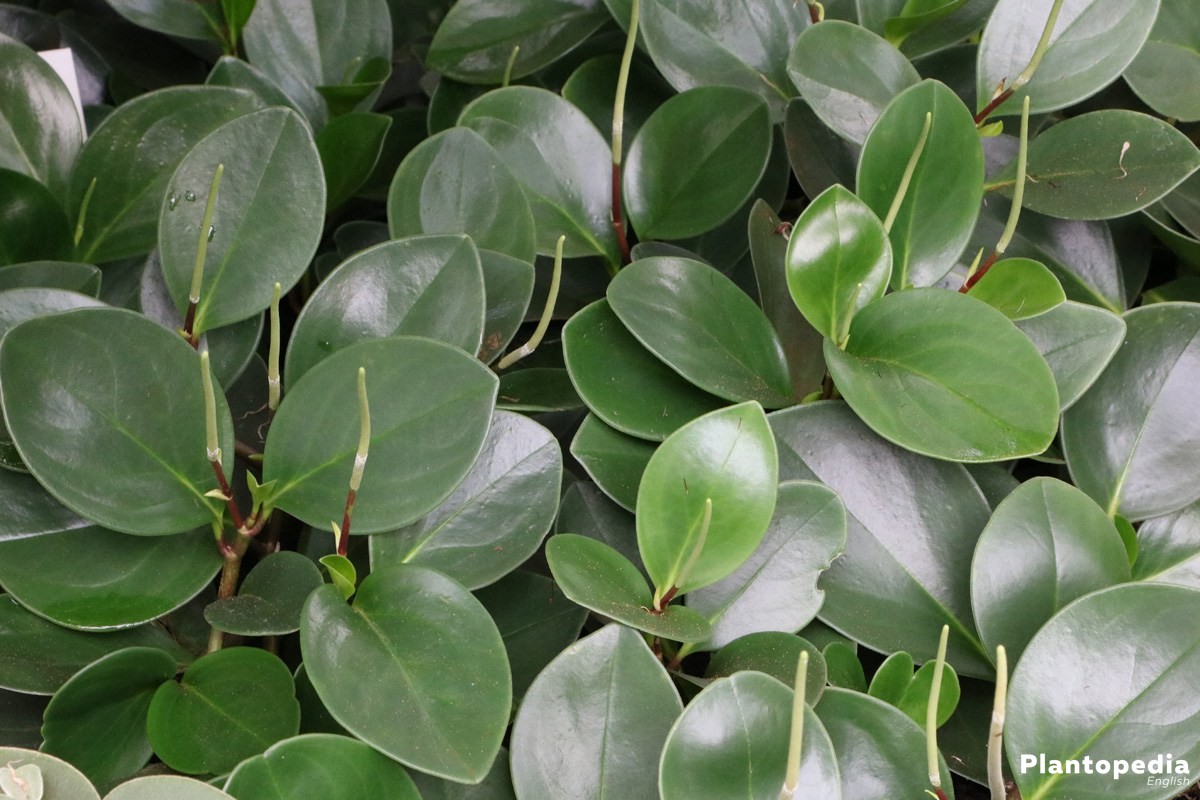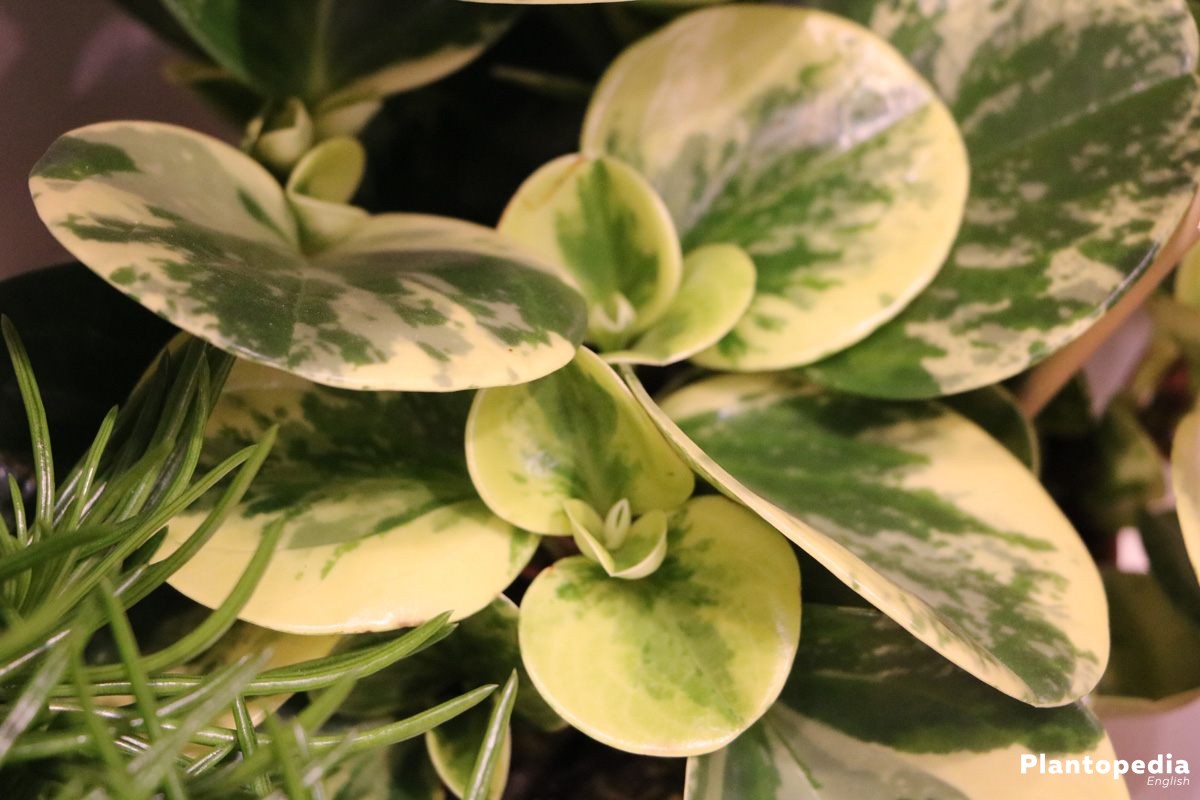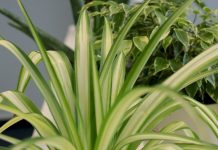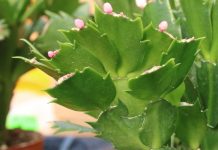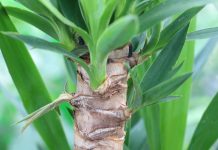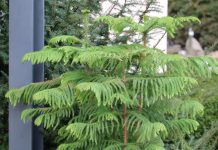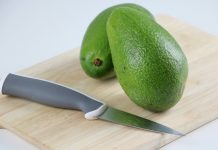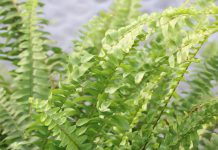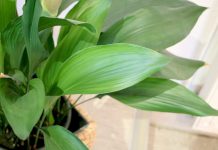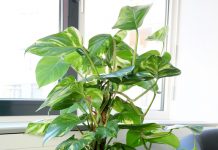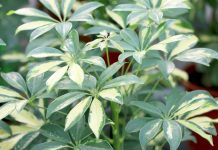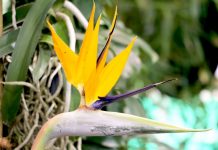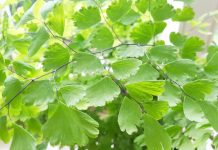Dwarf or decorative Pepper Peperomia obtusifolia is a decorative indoor plant with a multitude of leaf forms as well as colors and structures. Every plant has a unique look. It brings out its effect on the windowsill or as table decoration or arranged with other indoor plants with its green, red like or multi colored leafs. Not only collectors will enjoy this versatile plant.
Plant Profile
Contents
- Family: Pepper growt
- origin: Central and South America
- botanical name: Peperomia obtusifolia
- trivial name: Decorative pepper, dwarf pepper, fleshy Peperomia
- growth: Bushy, upright, compact
- growth height: 15 – 30 cm, in rare cases up to 35 cm
- leafs: Fleshy, evergreen, shiny matte, green, red to brown, multi colored, patterned
- leaf form: Mostly elliptical to upside down egg formed, blunt leaf tip
- blossom: Green white
- flowering period: Early summer until autumn
- poisonous: Slightly poisonous
The Peperomia obtusifolia has its origins in South America where it often grows under trees. It is the most popular variety of the dwarf pepper and one of approximately 1600 Peperomia Varieties. It grows upwards in a bushy manner on thick stems and shows its ravishing beauty with long, delicately purple colored shoots and short stemmed mostly elliptical to upside down egg formed and fleshy leafs. The green white spikelets appear in late spring and accompany the plant until autumn. The Peperomia obtusifolia is rarely getting higher than 30 cm.
Care
Decorative pepper is not an attractive plant, its leafs have furthermore a cleaning effect on the air and can thus decrease the concentration of formaldehyde indoors of up to 47 percent. In order to maintain this special ability and for it to thrive majestically you should keep an eye on an ideal water and nutrient supply as well as a proper location selection. If all of this is properly done you will find the decorative pepper to be a very thankful plant.
Location
The selection of the proper location depends whether you are dealing with a merely green leafed or colored leafed specimen. Varieties with green leaves thrive on bright to half shady locations and should be sheltered from the sun or be exposed to shadow in summer. Great is a spot by the window facing east or west. In the case of a south facing window, the green leafed varieties should be immediately placed by the window.
Color leafed decorative pepper on the other hand prefers brighter spots with a few hours of the morning or evening sun per day. The higher the yellow or white shares or the leafs, the brighter the location of the respective plant should be. This is the only way that the various coloration and bright colorings on the leafs can develop. If these varieties are standing at a spot which is too dark they will go turn green in time. Direct sun exposure should be avoided in this case as well. The same counts for bigger temperature differences and a draft.
The decorative Pepper Peperomia obtusifolia can, during summer, be standing at a spot outdoors which is sheltered from the sun. All varieties like warmth and normal room temperatures ranging from 18 to 23 degrees. The temperatures should not, however, fall below 15 degrees for a longer amount of time.
Soil
One should take a focus on water permeability when choosing the right substrate in order to prevent soil wetness which could in turn lead to rotting. Appropriate are substrates based on peat which are mixed with gravel and sand. Sand and gravel because dwarf or decorative peppers require high levels of minerals in the substrate. A mixture of ordinary potting soil, clay granulate or orchard substrate with cacti earth with peat moss are being well tolerated. Even with all of these well permeable substrates one requires an additional drainage in the pot.
Watering
The decorative Pepper Peperomia obtusifolia has its origins in warm, consistently moist and humid regions. Which is why one should adapt the water supply to these conditions in the rooms at home.
- one should generally water carefully
- the substrate should neither dry out nor get too moist
- short term bale dryness is being tolerated
- ideally let the substrate dry out on the surface before watering
- when watering, use lukewarm and, if possible, lime free water
- rain water would be ideal
- tap water should be at least one day old before using it to water
- aside from watering, take care of a sufficient humidity
- if the plant stands too dry regarding the air in the room there is the threat of parasite infestation
- occasional spraying of the plant can counteract this effect
Fertilizing
One does not need to fertilize in the year that the dwarf pepper has been purchased or replanted. It is being supplied with fertilizer in a four week cycle only in the following year during the growth stage from April until August. The used fertilizer should only be used in a weak concentration to prevent an over fertilizing. Appropriate are cacti fertilizers as well as ordinary fertilizers for green plants.
Cutting
A classical back cut like you know it from other plants is not necessary for the rather low growing decorative pepper. The spreading or breaking out of the shoot tips in spring can encourage the growth of new side shoots and thus make a bushier growth possible. Shoots of hanging decorative pepper which is cultivated for instance in lights can be shortened by a third in spring. Otherwise, withered and dead plant parts will be removed after a winter break with sharp shears.
Replanting
The substrate leaches out after a while which is why the decorative pepper Peperomia obtusifolia should be replanted in fresh earth. This is the case about every 2 to 3 years. The ideal time for it lies in spring between March and April.
- the flat rooters are growing a relatively small amount of roots which are usually tiny
- that is why the pot should not be too big
- recommended are half length pots with flat bowls and lights
- for a good water drainage a respective drainage is imperative
- the decorative pepper reacts sensitive on too much wetness as well as bale dryness
- that is why a water and air permeable substrate is essential for survival for the plant
- the drainage come on the ground of the pot and poses as the lowest layer
- it can consist out of coarse gravel or clay shards
- a part of the substrate comes on the drainage
- the decorative pepper is being placed on the center
- subsequently frill the pot with substrate up to the top
- press on the substrate and water it
- the decorative pepper should stand as deep in the new pot as it stood in the old one
Hydro culture
The dwarf pepper Peperomia obtusifolia belongs to the rare amount of plants which can be kept in hydro culture. The plants are ideally being held in hydro culture from as early as it is a cutting. The replanting from earth to hydro culture is not recommended. The earth should be fully removed from the roots. Even the tiniest residues of earth on the root can create ideal conditions for in infestation with mildew and cause the plant to die relatively swiftly.
You require a water level gauge with this culture form which shows when the next watering is necessary. One usually has to re water or fill in water after 3 – 7 days. In this case, one should use lime free or at least water low in lime as well. Location and temperature as the same as the one which are being held in earth culture. One fertilizes with a hydro plant fertilizer adhering to the instructions of the manufacturer.
Hibernation
If the decorative pepper stood outside during the summer it should be put inside as soon as the temperatures fall on 15 degrees. This plant does not explicitly require a resting period. It prefers it warm throughout the year with average temperatures of 18 to 23 degrees. It can be colder in winter but the temperatures should constantly be below 15 degrees. A change of location is not necessary which means that the plants can stand on the same spot throughout the year.
Because of there being less light in winter, the plants will grow significantly slower from this point. If the hibernation takes place with even cooler temperatures then the watering amounts can be reduced significantly without the bale completely drying out. The cooler the hibernation, the less water needs. One does not need to fertilize from September to February.
Dry room air and a lack of light in winter leads to the leafs of the Peperomia obtusifolia dying in great numbers. In order to prevent this from happening you should occasionally with lukewarm water. At least as pernicious is soil wetness in winter. It leads to the roots rotting which can be deadly for these plants.
Multiplication
Decorative Peperomia obtusifolia can be multiplied with terminal cuttings as well as leaf cuttings. For this, you require at least an adult plant, a flat cultivation vessel, meager substrate (Peat and sand), light permeable foil and a sharp as well as clean knife or scissors. You should preferably multiply in spring or timely in summer. If one wants to own beautiful and healthy plants over many years it is recommended to drive out new plants from cuttings.
Terminal cuttings
Depending on how many young plants one wants to cultivate it is recommended to cut cuttings not only from one, but several adult plants in order not to damage the mother plant too severely.
- first, one or several cuttings with a length of 5 – 7 cm are being cut
- they are being cut below the leaf knot
- the lower plants are being removed
- put the cuttings in a water glass or directly into soil in order to make them root
- the earth should be low in nutrients, germs and above everything else loose
- preferably out of the same parts of sand and peat
- you should crush and filter bigger chunks of peat
- a special rooting powder can accelerate the rooting
- if one roots in soil, the cuttings should contain 2 – 3 leafs
- the cultivation pots should be filled with substrate and the cuttings be placed on them
- until rooting the earth should only marginally be kept moist
- place a light permeable foil over the pots
- fixate the foil on the pot with a hair tie or something similar
- remove the foil daily in order prevent the formation of mold
It takes about 4 – 6 weeks for the cuttings to take roots if placed at a bright spot which is not exposed to the direct sun and carries temperatures of at least 18 degrees. If the cuttings are driving out it is an indication that they have taken roots. The foil can be removed and the young plants can be replanted in a pot with permeable earth containing minerals. Depending on the variety it can be sensible to plant several cuttings inside a pot which makes them seem more lavish.
Leaf cuttings
Multiplication of the Peperomia obtusifolia with leaf cuttings makes special sense with the green leafed varieties. This way it can occur, that typical characteristics of the mother plant can be lost on the new plant. One cuts one or several strong leafs possibly deep at the shoots with a sharp knife or razor blade. The leaf ideally contains a cm long stem.
One subsequently places them in a rooting powder and afterward inside the earth or immediately with the leaf stem in a peat sand mixture or cacti earth. The earth should be carefully pressed on and moistened. The covering with a foil bag in the first two weeks takes care of ideal conditions.
Like with the multiplication with cuttings one should place the plants won out leaf cuttings in a warm and bright spot without directly exposing them to the sun. After about six weeks and temperatures between 18 and 25 degrees they will grow small rooted plants on the edges of the leafs which should carefully be removed and be planted separately on loose, permeable substrate. Do not forget the drainage in the new pot.
Parasites
Spider mites
Warm and dry heat in winter can swiftly lead to an infestation with spider mites. The typical webs on the leaf axils are especially easy to spot. There is on certain spots a silver glimmer on the leafs which eventually takes on a yellow color and dries out. One can significantly reduce the infestation by showering the leafs. The substrate should in this case be covered at all cost. The usage of predatory mites or neem oil containing preparations is appropriate.

